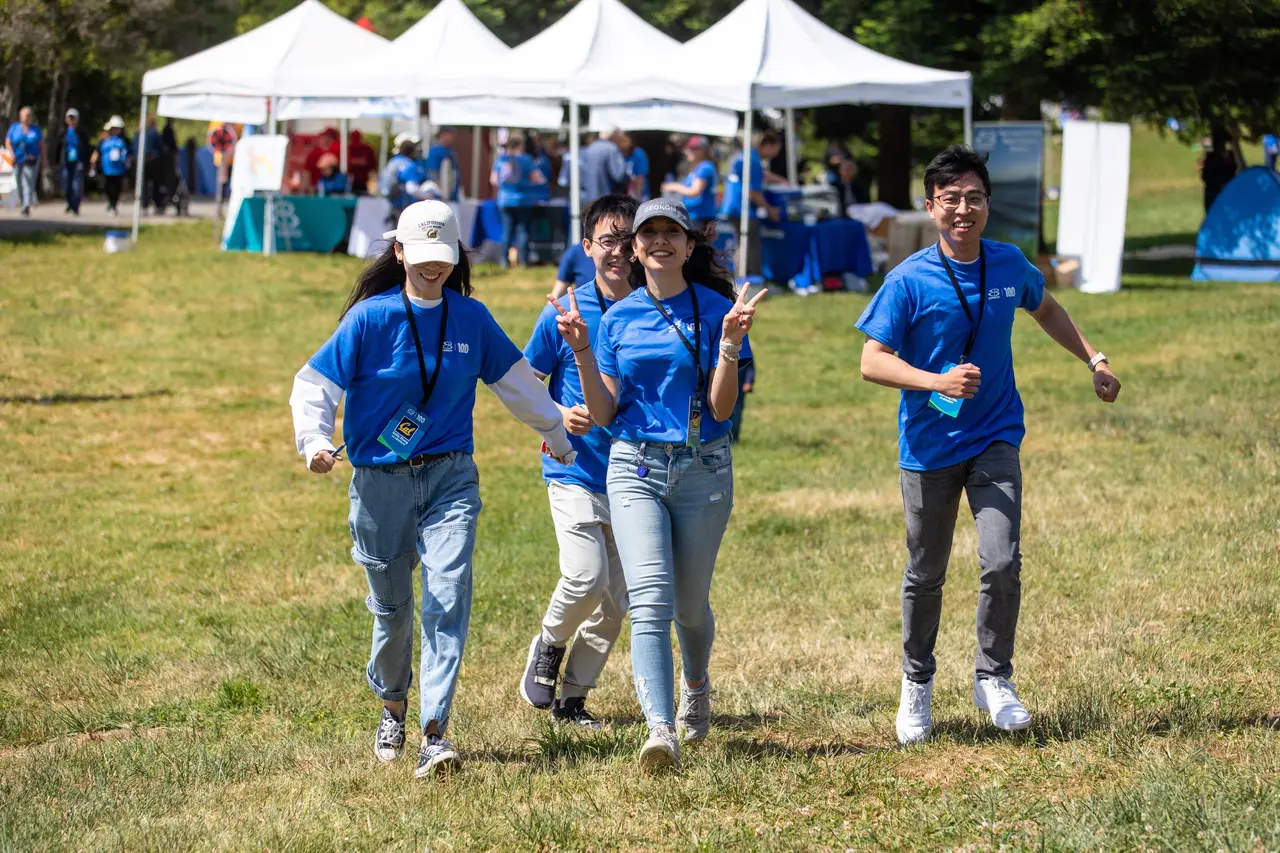Planning Company-Wide Off-site Events
Planning a company-wide off-site event is not a walk in the park. It requires attention to detail, solid organization, and clear communication. You’re not just organizing a team lunch; you’re creating an experience that can boost team morale, foster closer relationships, and even spark innovative ideas. First, understand the event’s goal. Is it for team building, strategic planning, or just relaxation? The purpose will shape everything from the location to the activities and the agenda. Budgeting is your next hurdle. Know how much you can spend. This includes venue, transportation, food, speakers, and any other activity you plan. It dictates the what, where, and how of your event. Location matters a lot. Pick a place that aligns with your event’s goal but also considers accessibility for everyone involved. Finally, communication is key. Keep everyone informed about the what, when, where, and how. Use emails, company newsletters, or a dedicated event app. Be clear, concise, and consistent to avoid confusion. Planning an off-site event can be challenging but extremely rewarding when done right. It’s an opportunity to make lasting memories and achieve specific company goals outside the office environment.

